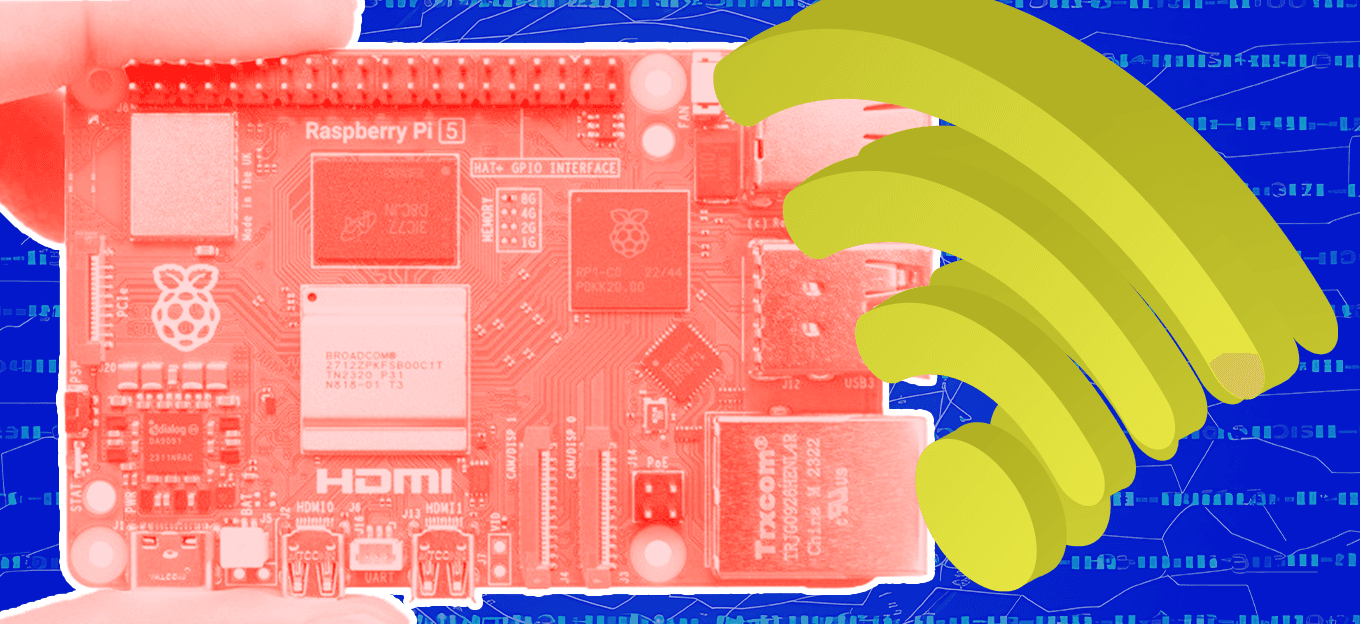Video and IoT Devices Harness the Power of SOCs
Video and IoT Devices Harness the Power of SOCs
- Last Updated: December 2, 2024
ONVU Technologies
- Last Updated: December 2, 2024



Among the plethora of new technology being leveraged in video surveillance products today, the one that is perhaps the most important and will serve as the lynchpin for current and future innovations is the System-on-Chip (SOC). So, what exactly is an SOC? In short, it is an integrated circuit that combines the various components of a camera, such as an image and analytics processing as well as video encoding, into a single chip.
As deep learning and machine learning-based analytics begin to become more pervasive in the industry, the role of SOCs will become even more pronounced.
While the advent of IP turned “rudimentary” cameras into “smart” sensors, SOCs provide surveillance manufacturers with the ability to embed much more robust tools at the edge reducing the power needed on the backend –– either in the cloud or onsite –– to perform these same functions.
For all the flack security manufacturers endure for not being up to date with other common IT practices, you have to remember that security is not a “nice to have” feature but rather a mission-critical system for most businesses today. Not being able to properly connect or configure a new smart thermostat or tablet may be annoying, but having the entire video surveillance network of a facility cease streaming or recording properly is unacceptable and could grind operations to a halt.
With that being said, the processing power presented by SOCs and their ability to push the envelope when it comes to what is possible with camera technology today is too appealing for surveillance vendors to ignore. Among these enhanced capabilities include increased frame rates without compromising on image quality, high dynamic range (HDR) to maximize exposure in all types of lighting environments, and improved video compression.
Achieving High Frame Rates Without Sacrificing Image Quality
Just as consumers have become enamored with 4K and Ultra High Definition resolutions in television sets, security end-users also now expect these same levels of detail in their surveillance footage. However, while customers may be able to buy HD monitors easily, if the surveillance cameras being leveraged don’t have the capability to output an image at the same quality, that investment would be useless. Of course, the usability of the images generated relies not only on the megapixels but also the frame rate at which a camera can stream that image back.
High-resolution sensors and framerates as high as 55 /60 frames-per-second (fps) enable an end-user to pick out all of the minute details in a scene, which could prove vital in either post-event or real-time analysis.
Improved Performance in All Lighting Environments
One of the common challenges in video surveillance and videography, in general, is light management. A lack of or an overabundance of lighting can spell disaster for any surveillance deployment, which is why several factors – such as camera placement to account for sunlight's interference at different parts of the day –– must be taken into consideration during the installation process. Still, there will always be applications where lighting conditions are not ideal, but with the help of SOCs in image processing, those potential problems may be a thing of the past.
Most everyone in the security industry is familiar with the wide dynamic range of technologies, which use camera hardware modifications to boost image quality and clarity in cases where there is extreme lighting contrast. However, the advent of the high dynamic range technology, made possible with powerful SOCs, captures both long and short exposures and fuses them into a single image to reveal levels of detail in both light and dark areas of a scene that wasn’t possible before.
Video Compression Improvements
Network bandwidth consumption is another challenge that has faced IP video deployments, and ever-improving image resolutions have only added another layer of complexity to the equation. Having the best possible image quality means nothing if you cannot find some way to fit it through the data pipe, your network infrastructure.
The industry has traditionally addressed this problem by “compressing” the image using a standard, like H.264, which reduces the file size so that it can be streamed over the network without causing a backlog, reducing both bandwidth and storage needs for the end-user. Rather than using an encoder to perform this task, the advent of SOCs has meant that this compression can now be done inside the camera itself, and this capability only continues to improve. Some compression technologies enabled by SOCs today can leverage H.264, or the newer H.265 standard, to lower video bandwidth and storage requirements by 50% or more.
Proprietary vs. Third-Party
The route surveillance vendors take to incorporating SOCs into their products varies. Some have opted to pour their own resources into developing proprietary chips, while others have opted to leverage offerings from well-established third-party vendors. The latter comes with its own caveat for products that will be sold in the United States. Under the 2018 National Defense Authorization Act, federal agencies are prohibited from buying video surveillance equipment from certain China-based vendors. This not only applies to branded products from these companies but any products that incorporate essential components of their technology.
In July 2020, the government issued an interim Federal Acquisition Rule that requires systems integrators looking to secure government contracts to eliminate these aforementioned products from their supply chains. It has become paramount for government security installers to check to ensure the products being deployed do not incorporate any components that run afoul of the rule.
The Road Ahead
The System-on-Chip is and will continue to play a pivotal role in the development of video surveillance technology. As deep learning and machine learning-based analytics begin to become more pervasive in the industry, the role of SOCs will become even more pronounced, and video surveillance will be defined moving forward by these enhanced capabilities.
The Most Comprehensive IoT Newsletter for Enterprises
Showcasing the highest-quality content, resources, news, and insights from the world of the Internet of Things. Subscribe to remain informed and up-to-date.
New Podcast Episode

Moving Past the Pilot Phase in IoT and AI
Related Articles


